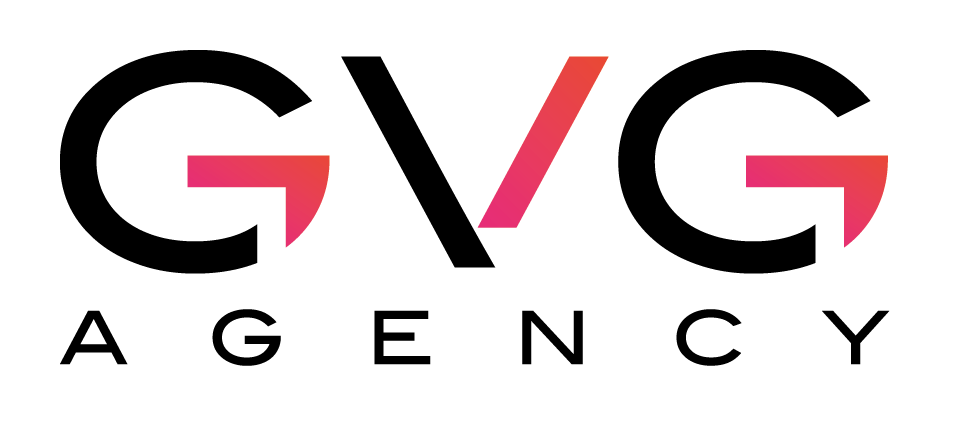📣Listen Up, CPGs: If You’re Committed to People and the Planet, Here’s Why Your Story Really Matter
- Itzel Arechavaleta
- Jul 17, 2023
- 4 min read
Updated: Sep 28, 2023

By: Steven Le Vine (President) & Garrett McClure (CEO), Grapevine PR
Now, more than ever, your brand’s story is critical to its success; especially so, for CPG brands.
CPG (Consumer Packaged Goods) brands face the continued challenge of effectively communicating their commitments to environmental and social responsibility to their audiences. To do so, they must elevate them beyond packaging and keywords.
In order to fully engage with consumers who share these same values, CPG brands have the opportunity to more efficiently and effectively communicate their commitments to ESG (Environmental, Social, and Governance) practices through the power of authentic brand storytelling.
A recent study conducted jointly by McKinsey and NielsenIQ analyzed sales data from the U.S. market over a period of five years, spanning from 2017 to 2022.
The study covered a vast sample of 600,000 individual product SKUs from 44,000 consumer packaged goods brands, representing $400 billion in annual retail revenues. The study found that consumers are increasingly gravitating towards products that make ESG-related claims, indicating a growing social consciousness among consumers.
What is a Socially Responsible Consumer Brand?
Consumer brands can adopt several measures to follow ESG practices.
These include :
Incorporating eco-friendly practices.
Implementing ethical treatment of employees.
Promoting diversity and inclusion.
Ensuring transparency and ethical business practices.
Developing sustainable products and packaging.
Monitoring and auditing suppliers for ESG compliance.
Communicating their ESG performance and progress to stakeholders.
By adopting ESG practices, consumer brands can improve their environmental and social impact, as well as enhance their reputation and appeal to socially conscious consumers. Consumers are increasingly making purchasing decisions based on a brand's values and commitment to social responsibility, making it imperative for brands to adopt ESG practices as a part of their business strategy.
Why Authentic Storytelling is Important for Building a Socially Responsible Consumer Brand?
Authentic storytelling is an effective way to introduce, position, elevate or reintroduce any brand.
Humans connect through stories. As we mention in our new book, Stories That F*cking Matter: Three Pillars of Epic Storytelling to Dominate Media Headlines, Win Clients, and Grow Your Business, stories can motivate audiences to engage with one’s brand on various levels.
This becomes even more crucial for those in charge of operating or marketing socially responsible consumer brands. By sharing stories that demonstrate a brand's commitment to social or environmental responsibility, brands can leverage the power of authentic storytelling to establish trust and build a deeper connection with their audience.
Authentic storytelling is not about promoting a product or service but about sharing the values and beliefs that drive a brand and its founders.
Crafting Compelling Narratives for Media
After you establish a firm understanding of your brand's story, using the power of public relations can supercharge your ability to reach many more people and build a relationship with them.
Over the course of our 17-year history, we have had the privilege of representing dozens of consumer brands, many of which have demonstrated a strong commitment to social and environmental responsibility.
In doing so, we have worked closely with them to convey their brands’ values to much larger audiences through the power of their authentic stories, while also assisting them with positioning their stories and their brands in front of different niche and specialized markets, and industries and market sectors.
Here are some of the best practices we have found in doing so:
1. Identify Key Messages:
The first step is to identify the key messages that your brand wants to communicate, including, most importantly, its commitment to social and environmental responsibility. PR professionals can assist with this process by helping your brand develop authentic and relatable content that brings these messages to life.
2. Identify the Types of Stories that Resonate with the Audience:
PR professionals should conduct research to understand what motivates and inspires your brand's target audience. They can then work with your brand to develop content that tells stories that will resonate with your audience. When communicating your brand's commitment to ESG, it is essential to focus on the "why" rather than the "what" and to weave this into your story. In doing so, you will enable your audience to build trust in your brand by telegraphing the intention behind your commitment.
3. Show Social Proof:
Put forth case studies, testimonials, and examples of raving fans of your brand who can speak to the power it has had on their life. This is invaluable social proof and will serve to persuade and attract other followers and customers. Include them on your social channels, in media coverage, and in content wherever possible.
4. Develop a Content Strategy:
Public Relations professionals can work with your brand to develop a content strategy that aligns with your story, values, and beliefs. By creating a consistent and engaging content strategy, your brand can tell its story in an authentic and engaging way, while also providing value through thought leadership.
5. Measure the Impact:
Track metrics such as website traffic, social media engagement, sales, and media coverage to measure the impact of your brand's storytelling and publicity efforts. This enables your brand to understand how its message is resonating with its target audience and make adjustments as needed.





Comments